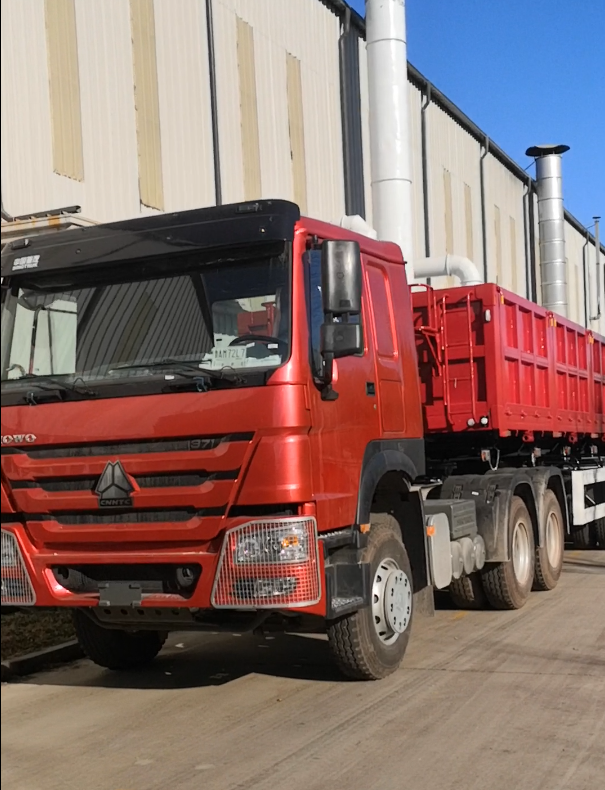- PRODUCTS
- SOLUTION
- SERVICE
- NEWS
- ABOUT US
Not all trailer axles are straight. While straight axles are common in light-duty trailers, cambered and torsion axles are used for heavy-duty or specialized applications. For example, cambered axles can carry up to 10,000 pounds, improving load balance, while torsion axles, supporting up to 7,000 pounds, provide better shock absorption and stability.
The axles used in trailers are of several types, each designed to suit different uses and purposes. Straight axles are one of the most common types of axles used by standard trailers. These are normally made from high-strength steel with a rather simple, straight design suitable for trailers carrying lighter, evenly distributed loads. For instance, a utility trailer running a typical 3,500-pound straight axle has a 7,000-pound capacity by using two axles-today's version of ideal balance for ordinary hauling purposes, be it household items or landscaping equipment. Since these are rather simpler mechanisms in nature, most 3,500-pound single axles can easily go up from $150 to $200, possibly even greater, depending on brand and quality.
The axles are cambered, or curved, for those trailers designed to haul extremely heavy or oddly distributed loads. The slight upward camber of the axle prevents excessive wear of the tires by distributing the load of the trailer more evenly across the tires. This would include a car hauler trailer that might have a capacity for 10,000 pounds with cambered axles. The camber, therefore, permits a greater and more appropriate distribution of the weight transported when the trailers are transporting cars, heavy machinery or huge equipment. Among all these features, one can feel particularly the positive side of using cambered axles for reduced stress on the tires to prolong the lifetime of tires. Cambered axles will vary between 300$ - 500$, according to the capacity and building material.
In heavier applications such as construction or industrial applications, torsion axles tend to be the best options. These axles operate off a system of internal torsion bars that allow for a smoother ride because it absorbs shock and vibration. A typical heavy-duty trailer torsion axle may support from 5,000 to 7,000 pounds per axle. For instance, a logistics transport trailer fitted with torsion axles could carry as much as 14,000 pounds, hence allowing it to handle not only the weight but also the rough terrain that is common in construction areas. Torsion axles are also ideal for trailers that always encounter sharp turns or require better stability. A torsion axle is generally more expensive, with prices ranging from $350 to $700 per axle, reflecting its superior durability and performance.

The choice of axle also depends on the maintenance needs and operating conditions of the specific application. For instance, straight axles require less maintenance than cambered or torsion axles because they have fewer moving parts. However, these benefits of cambered and torsion axles-better load management, for example, and enhanced ride quality-often outweigh any initial cost difference, particularly for high-demand applications. If budgetary concerns were all that mattered, then one might favor a straight axle for light-duty trailers; long-term, though, the use of cambered or torsion axles in more specialized trailers can save significant amounts of money on tire replacement and maintenance.